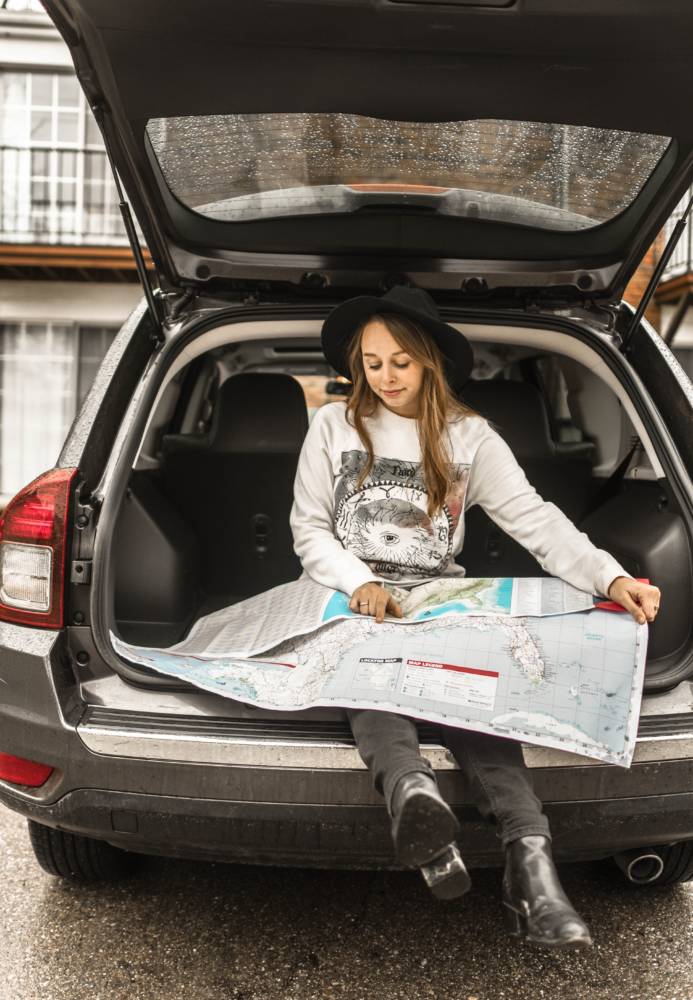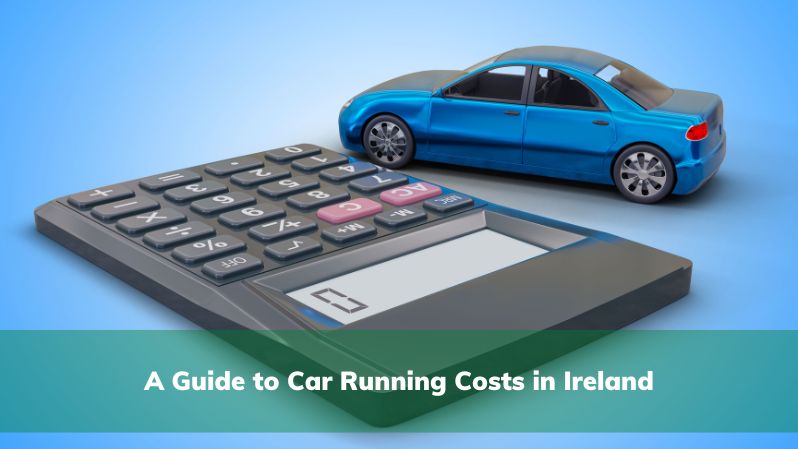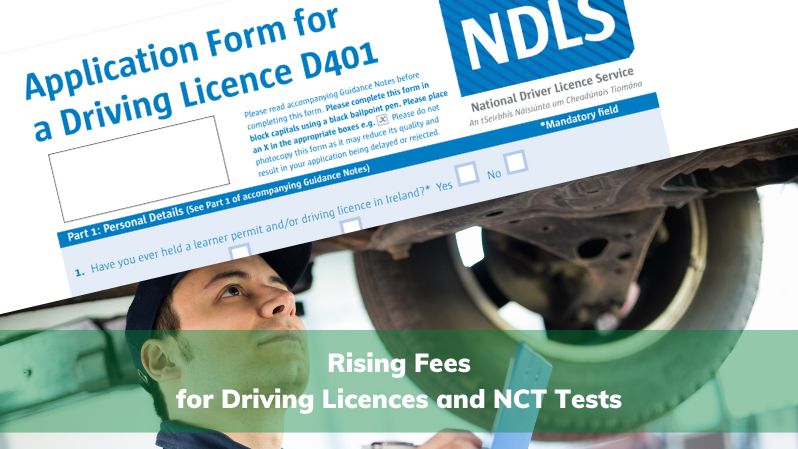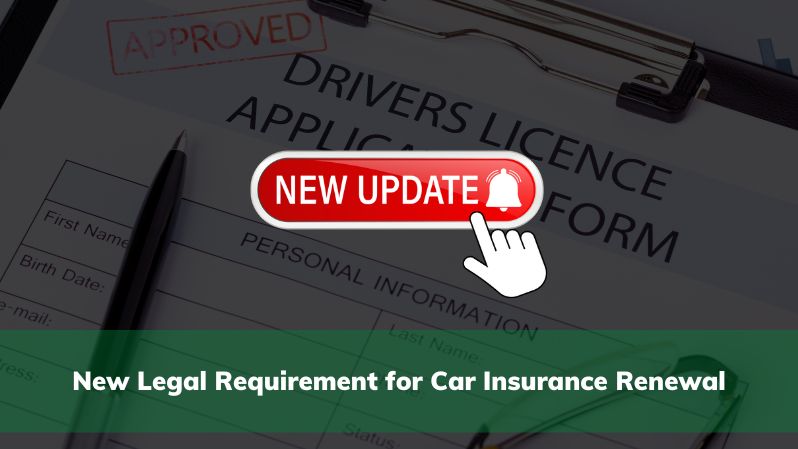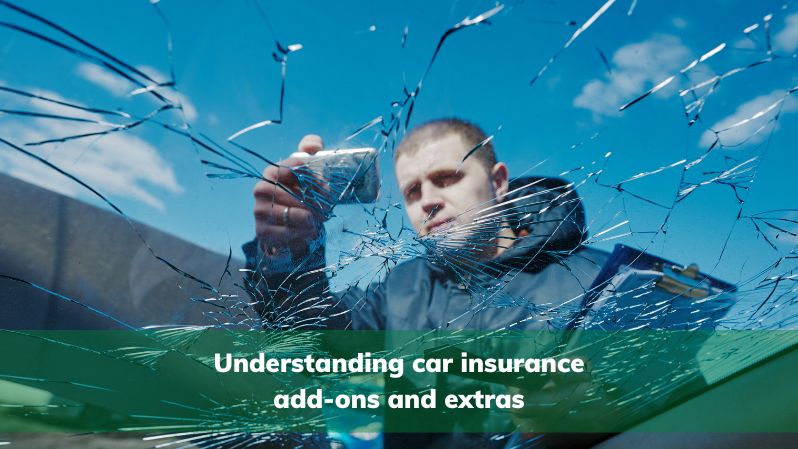With staycation season well and truly upon us, we seem to be making longer journey’s in our car than ever before. While it’s easy to sit in the car and drive off into the distance, it’s also easy to forget that cars need to be checked before heading on a long trip. If you’re heading away on a road trip around Ireland any time soon, ensure to give your car a once over. It doesn’t have to take long, and it will give all the passengers in your car peace of mind. Here are some great tips to follow:
-
Check your tyres.
It’s much easier and far less time consuming to notice an issue with your tyres in your own front lawn than it is to notice an issue 80km into your trip. Tyres are arguably one of the most important parts of your vehicle so it’s vital to ensure they’re in good condition ahead of a long journey.
Ensure that the tyre tread depth is above the legal requirement of 1.6mm. Take a €1 coin and insert it into the tread grooves on your tyres, if you can’t see the outer band on the coin then your tyres are above the legal limit. If you can see the rim of the coin, then your tyre treads are worn and you should replace your tyre.
Remember that if you get stopped on your road trip and your tyre threads are noticeably worn, you could receive a fine of €80. It’s definitely not worth spoiling your trip, so check ahead of time!
It’s vital to check the pressure in your tyres before you depart too. Firstly, calculate what the tyre pressure should be for a car of your make and model. You should do this at least 3 hours after your car was last driven. Take the dust cap off your tyre valve, place it somewhere safely (like on the backseat of your car) and insert a pressure gauge into the stem.
Press down on the valve and check for an accurate reading. Then compare your reading to the recommended tyre pressure your car should have. If your tyre is too inflated, then you should deflate it. On the contrary, if it’s too deflated you should inflate it.
-
Check your oil.
With every journey, your car burns off oil which reduces the overall amount of fluid in your car’s system. If this oil isn’t frequently replaced, then you’re exposing your engine to serious risks. Checking your oil regularly can alert you to these risks and can allow you to prevent any damage. You surely don’t want to find yourself in a situation where you drive through Wicklow Mountains, from Glendalough to Powerscourt Springs, and realise you need to top up the oil in your engine.
While some people think of an oil change as a tedious task, it really doesn’t have to be. Warm up your car and after 5 minutes turn it fully off. Once you are certain your ignition is turned off, set about removing the old oil in your car. Place a bucket under the oil drain plug and loosen the bolt with your spanner. Then remove it. It should not take longer than approx. 10 minutes to drain entirely.
Then locate your oil filter, this is a circular canister that should be attached to your engine, approximately 5 inches deep. Loosen the filter with your spanner and proceed with replacing it. Ensure you smear the new filter’s rubber seal with some oil before reattaching.
Locate the oil cap under the bonnet of your car and proceed to fill it to the required level (you can find this in your owner’s manual). Your oil level should fall between high and low; you can check this using your dipstick.
When you turn on your car your oil light should turn off after several seconds.
-
Check your breakdown kit.
Despite every driver’s best efforts, sometimes breakdowns happen. Even the most cautious and prepared drivers find themselves in unexpected scenarios every once in a while. The best way to reduce the stress of a breakdown during a long journey is to have a comprehensive breakdown kit.
This kit should firstly include basics like a set of jump leads and a spare tyre. If your car battery dies due to leaving a light on or a car door open, then it doesn’t have to be the end of the trip. If your car is equipped with a set of jump leads and if you know how to use them, then you can ask another road user’s assistance and jump start it.
Similarly, if your car is kitted out with all the appropriate breakdown materials to change a spare tyre then a breakdown doesn’t have to be the end of the world.
It’s important however to not just remember the old ‘reliables’ in your breakdown kit but to remember other items that mightn’t initially spring to mind. Ensure your car has a reflective triangle, a flashlight and a hi-vis, so you will be easily visible if your car breaks down at night.
Pack a portable charger. Mobile phones coincidentally seem to die when we need them most and if you need to call roadside assistance or the authorities, it’s vital to have a functioning phone. A portable USB charger will be a useful addition to your breakdown kit.
Finally, a warm blanket and an additional supply of water are beneficial additions to your breakdown kit ahead of a road trip. Worst case scenario, you might have to wait for an hour or two for a tow truck or for roadside assistance to reach you. It’s better to be warm and hydrated while you wait than cold and thirsty! With all these additions to your kit, you’ll be prepared for anything!
At insuremycars.ie, we want you to always be ready for the unexpected, that’s why we can source you the best accidental cover, get in touch today!

